Review for Revolutionary Girl Utena: Part 2 - Blu-ray Collector's Edition
Introduction
Most anime directors are hired to play to the mainstream, give the people what they want. But then there is the auteur, the director with such an idiosyncratic style, and distinctive voice that their creations become signature pieces, able to turn even mainstream source material into something unique. We’re taking names like Mamoru Oshii, Yoshitoshi ABe, Akiyuki Shimbo, and Masaaki Yuasa. Perhaps the most idiosyncratic, the most distinctive voice is that of Kunihiko Ikuhara, the director of Revolutionary Girl Utena. The thing about the auteur is that they can be a hard taste to acquire, and despite having watched a few Ikuhara shows, I have yet to click with his style. I find myself in the odd position of being reluctant to watch a show that I eagerly bought. Hopefully I will click with Revolutionary Girl Utena with its Part 2 release.
Utena’s parents died when she was a little girl, but she was consoled by a prince, who gave her a distinctive rose ring. And like every sweet princess, Utena vowed to grow up to be a prince, just like her saviour. And now she’s attending the exclusive Ohtori Academy, where her predilection for a princely school uniform gets her loads of female fans.
There’s something strange going on at the Academy however, specifically in the Student Council, who partake of a bizarre tradition. The council members all wear rings of the sort that Utena was given, and this allows them to duel for the hand of the Rose Bride, Anthy Himemiya. She’s also a student at the school, although the expectation is that she will be ‘owned’ by the victor of the duels, and subject to their whims; all part of some strange destiny. And then Utena defeats the obnoxious Council Vice President Kyoichi Saionji in a duel, and wins the hand of the Rose Bride...
The next 12 episodes of Revolutionary Girl Utena are presented across 3 discs from All the Anime in this Collector’s Edition release.
Disc 4
13. Tracing a Path
14. The Boys of the Black Rose
15. The Landscape Framed By Kozue
16. The Cowbell of Happiness
Disc 5
17. The Thorns of Death
18. Mitsuru’s Impatience
19. A Song For the Kingdom Now Lost
20. Wakaba Flourishing
Disc 6
21. Vermin
22. Nemuro Memorial Hall
23. The Terms of a Duellist
24. The Secret Nanami Diary
Picture
Revolutionary Girl Utena gets a 1.33:1 widescreen 1080p pillar-boxed transfer. Utena is one of those landmark shows, and as such, it got a restoration funded by the Japanese studio (usually it’s Discotek hunting down old film prints and shelling out). This was a cel and paint anime, from before the switchover to digipaint, and as such, it would benefit the most from an HD transfer and restoration. The image is clear and sharp, although it’s had enough in the way of noise reduction to diminish the sense of a film source. But detail levels are excellent, and colours are rich and consistent. This is all to the good, as Kunihiko Ikuhara’s prodigious imagination is on display here. Utena is a shojo anime aimed at the female demographic, and that tells in the softer colours, and the elegant character designs. The film might have been really out there, but the TV series isn’t short on abstract imagery and directorial quirks.
Sound
You have the choice between PCM 5.1 Surround Japanese, and PCM 2.0 Stereo English and Japanese, with optional translated subtitles and a signs only track. Just like the video, the audio got re-mastered in Japan, rather than being the usual up-mix accomplished by US studios. That is apparent from the first moment when the theme song for the first episode plays, as this is certainly not a glorified stereo track. The surrounds are put to great use helping the show’s music fill the room, while the action and ambience is genuinely immersive. Given the rock opera feel to the show, the surround is definitely worth it. The actors are suited to their roles, and the subtitles are accurately timed and are free of typos.
Extras
You get 3 discs in a BD Amaray style case with a reversible sleeve, with one disc on one face, and 2 discs overlapping on the other face. The case slides into a rigid slipcase, where you will also find a foldout poster and 5 artcards, and with enough room to also slide in the blurb sheet in the cellophane on the back of the case.
The discs boot to animated menus, and each disc ends with a translated English credit scroll for all the preceding episodes. The extras are presented as follows.
Disc 4
Animated Art Boards Part 1 slideshow (28:16)
Japanese Utena Promo [1997] (0:32)
Disc 6
Interview with Director Kunihiko Ikuhara Pt. 1 (2:30)
Interview with Director Kunihiko Ikuhara Pt. 2 (2:57)
Conclusion
There are milestones in all forms of entertainment, key moments that you wind up having to be at least aware of as fans, if not well-versed in them, to inform your appreciation of that medium. If you don’t, your peers will be justified in pointing at you and jeering at your ignorance. Make sure you have seen a Godfather movie, read a novel by Charles Dickens, played a Tomb Raider game and so on and so forth. There are similar building blocks in anime, Neon Genesis Evangelion, Cowboy Bebop and the Melancholy of Haruhi Suzumiya. Revolutionary Girl Utena is another one of those titles, and it’s a show I felt honour bound as an anime fan to own, obligated even to watch. However, at no point in this litany of compulsion am I duty-bound to actually like the show. And when it comes to this second ‘season’ of Revolutionary Girl Utena, I certainly did not enjoy it.
In this arc of Utena, it’s about repetition, about cyclical storytelling. This is repetition as an art form. It becomes a literary device, used for emphasis. The thing about this approach is that the audience has to be on board with it. I could do this as a kid; most episodic television was of this nature back then. The kind of shows that I watched effectively told the same story over and over again with minor tweaks. If you were a fan of shows like Knight Rider and The A-Team, you’d know what to expect with each new episode, although Utena takes it to a wholly different level, telling a meta story over the course of the episodes through the act of repetition. If you’re invested in the story, you can enjoy it. Me, I was getting PTSD flashbacks to Endless Eight.
The first arc, the Student Council Saga had its cyclical elements, with Utena ‘winning’ the hand of the Rose Bride Anthy Himemiya, almost accidentally, and then subsequently having to fight members of the student council to hold onto her, all the while looking for the ‘prince’ that inspired her when she was younger. The Black Rose saga introduces a new element on the school campus, the Mikage Seminar. It’s a group led by the enigmatic student Souji Mikage, and they too have designs on eternity, although in their case, it’s by eliminating the Rose Bride, rather than winning her hand through the duels.
Now each episode focuses on some relationship on the campus, whether it’s with a member of the student council or otherwise, where one person in the relationship winds up feeling betrayed, or hard done by, and they take that resentment with them to the Mikage Seminar, where they are taken deep underground, indoctrinated/hypnotised, and given a tainted ring and black rose. They then go back to the other half of their relationship, from whom they draw the sword, and wind up challenging Utena to a duel. This happens again and again through seven or so episodes of this collection, until we get to the conclusion, with only Mikage left, and we learn the secrets of who he is and his past, as he takes the last black rose to face Utena himself. This arc ends on my least favourite plot device, the reset button, rendering the whole arc moot, except for the introduction of the Akio character, apparently Anthy’s brother, and potentially the prince that Utena is looking for. Utena and Anthy spend a fair bit of time in his company, and he acts as confidante/counsellor, although it’s obvious he has a hidden agenda.
There are a couple of episodes outside of the arc, the opening is the natural place to recap the Student Council Saga, and episode 16 is a comedy side-note which sees the character of Nanami take fashion to a ‘Emperor’s New Clothes’ extreme when she starts wearing a cowbell. The final episode in this collection is another recap, albeit a lot more inventive. One of the Black Rose relationship episodes introduced an elementary school student, Mitsuru Tsuwabaki, who is obsessed with Nanami, and follows her around like a duckling, acting as her personal assistant. There’s an accident that sees him laid up in the infirmary, with the others getting to read his journal, and learn just how obsessed he is with Nanami. He winds up self-inserting into many of the key moments of the first season, although this inventive recap had the unexpected effect of reminding me just how much more I enjoyed the first collection of episodes, and how lacklustre the Black Rose Saga was in comparison.
I think the most telling indictment of the Black Rose Saga is that when they came to retelling Revolutionary Girl Utena as the Adolescence of Utena movie, the whole Black Rose diversion never even made an appearance, except for Nanami’s comedy episode, which wasn’t part of it anyway. A timely reminder that important isn’t the same as entertaining, I am glad to be finally watching Revolutionary Girl Utena to fill in that gap in my anime education. But it’s an intellectual experience at best for me at this point. Hopefully the Apocalypse Saga that concludes the story will pull something back.
With the Standard Part Editions of Utena, and the Complete Collector’s Edition now in shops, these Part Collector’s Editions are hard to find at mainstream retailers, but at the time of writing, Anime Limited and United Publications still have a few in stock,
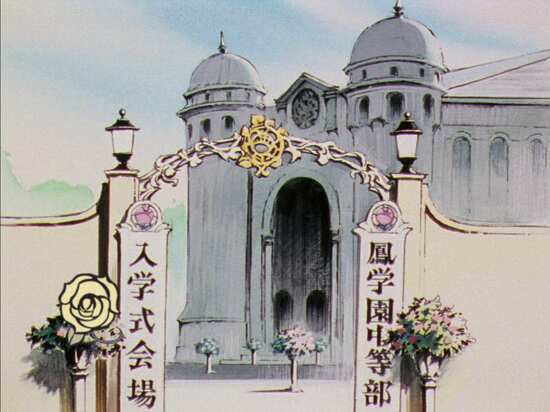
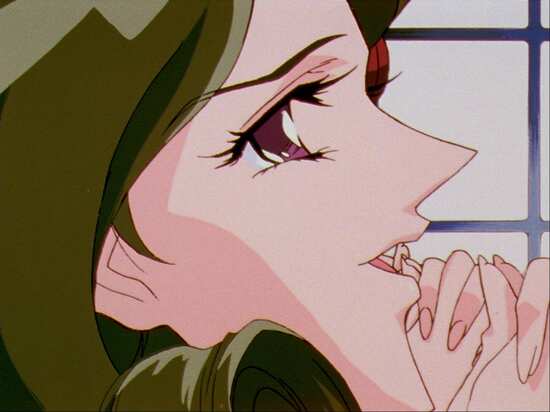
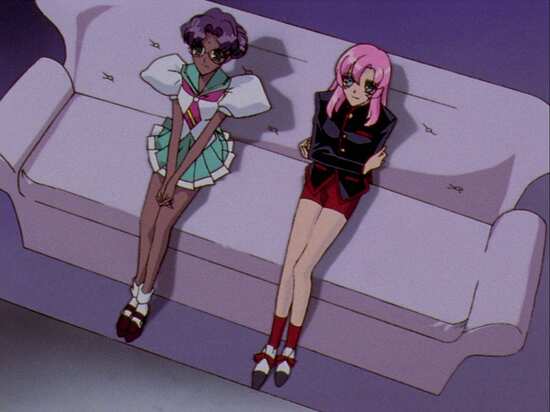
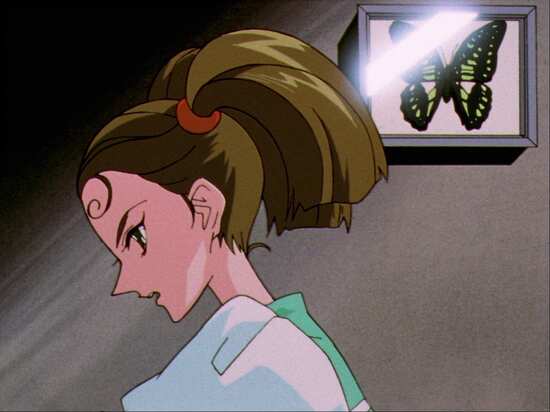
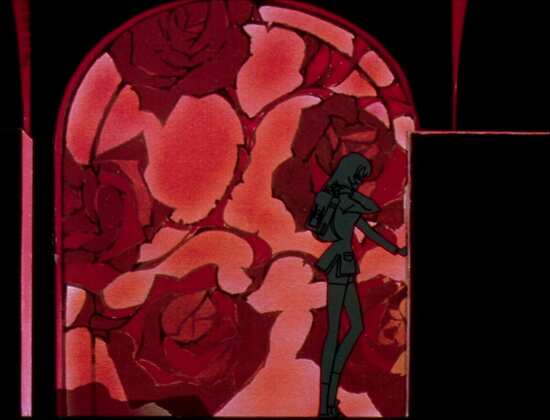

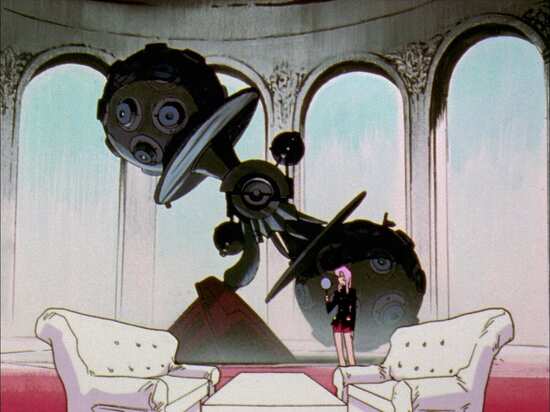
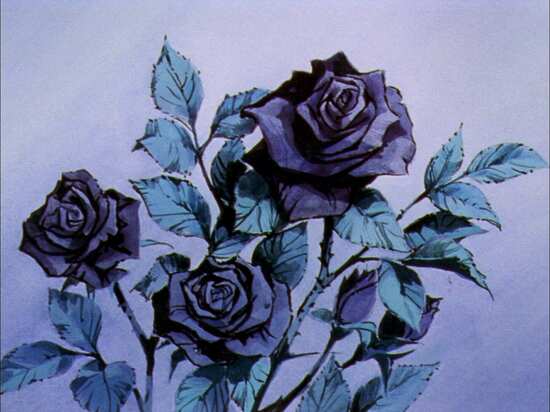
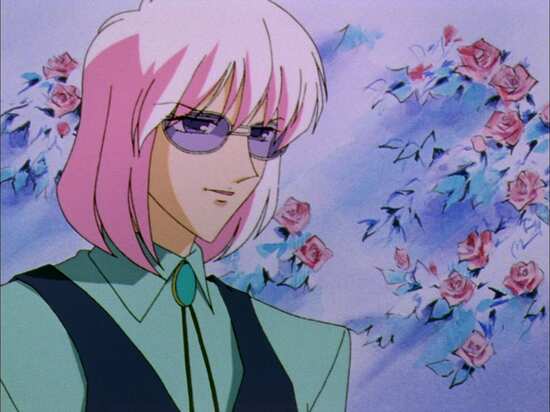
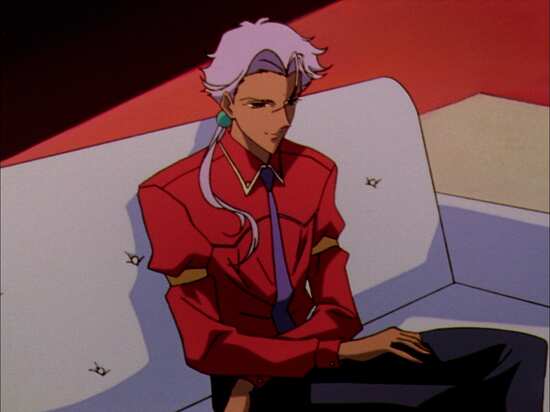
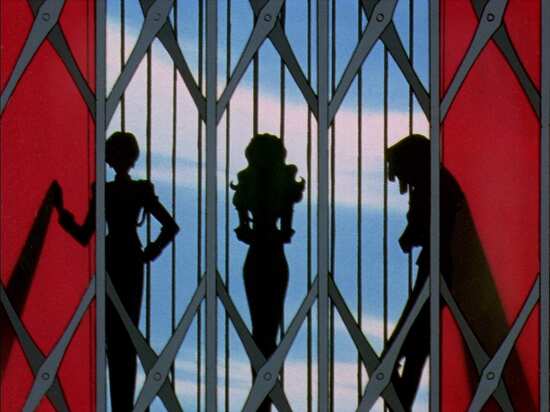
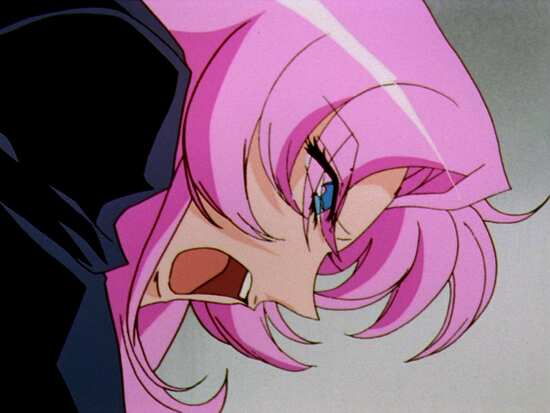
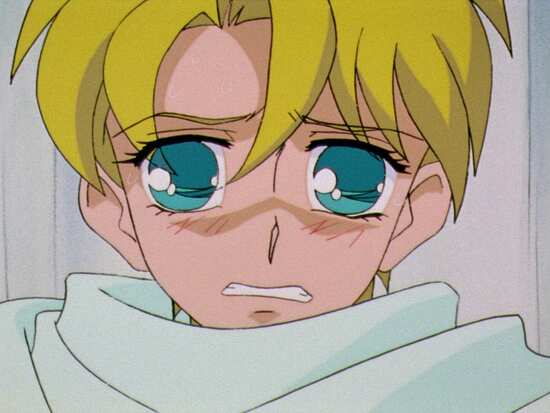
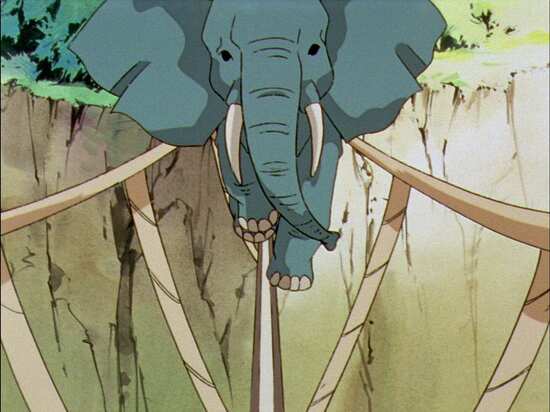
Your Opinions and Comments
Be the first to post a comment!